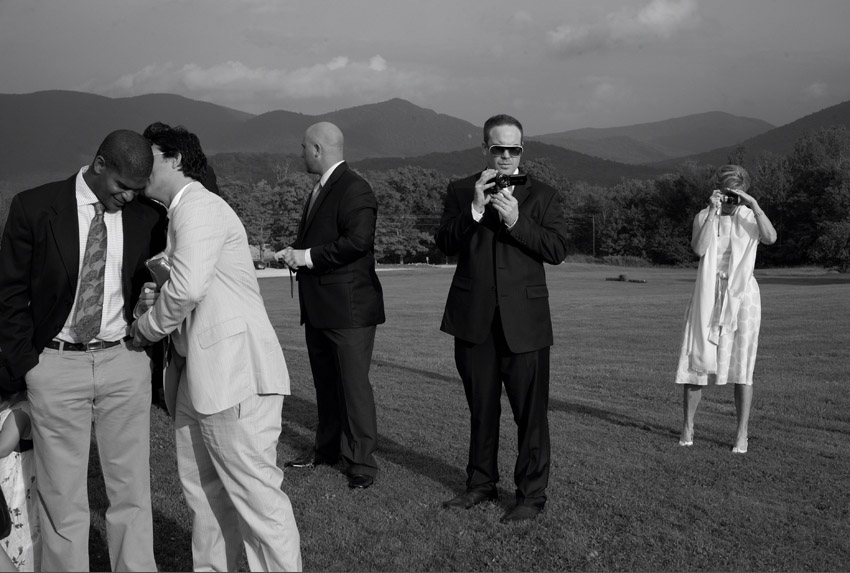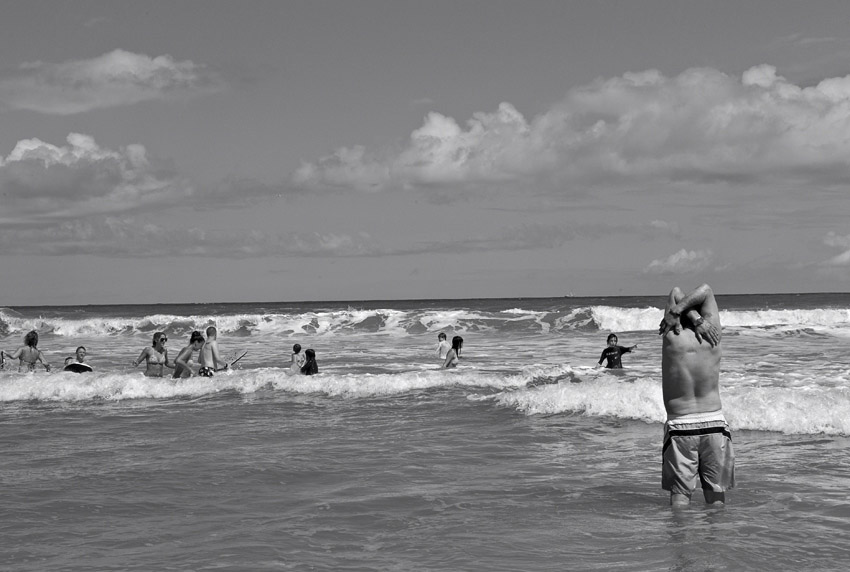
Note: Current subscribers can click on the header above
to log in, if desired. The link to renew a subscription or to
check when it expires is near the bottom of this page.
The Reid Reviews article
index gives a listing of all stories published to date.
For suggestions about how to get the most out of
the site see our site tips.


On April 7 I published a full field and studio test of the L Mount Sigma 50/1.2 DG DN Art tested on the Leica SL3 and SL3-S.
On March 24 I published a full field and
studio test of the Leica SL 50/2.0 Summicron ASPH tested on the
Leica SL3 and SL3-S.
On March 12 I expanded my review of the
Leica SL3-S with a new section that looks at finder behavior
when the camera is in various continuous capture modes.
On March 6 I published my review of the Leica SL3-S.
On February 9 I published side by side studio tests of
the Leica SL3-S and SL3.
On January 29, 2025 I published a full
field and studio test of the Fujinon GF110/5.6 Macro TS tested
on the Fuji GFX100 II.
"I have to say that I am in awe of your thoughtfulness and intelligence as they're reflected in what you've done. I'm sorry I hadn't come across your work before."
- Tod
Papageorge
Photographer
Former Director Of Graduate Studies In Photography
Yale University School Of Art
- Elliot Stern
Photographer
Founder and Director
Blue Ridge Workshops
"In the din of the Internet's noise, Sean Reid is one of a handful of voices worth listening to."
- Kent Phelan
Photographer
"The best and most detailed account (of the Leica M8) I've yet read from a photographer's point of view is on the Reid Reviews site."
- Peter Marshall
Photography Guide, About.com
"Reviewing photographic equipment isn't as easy as it looks.
Not only does it take writing skill, and a critical
sensibility, but for the review to carry weight and have value
its author must have significant experience with similar and
previous equipment. Sean Reid has written equipment
reviews for The Luminous Landscape for the past two years, and
unfailingly they have been well-researched and
comprehensive. Sean writes with both style and insight,
and bases his opinions on his years as a photographer, and not
simply from the perspective of a technologist, as is too
frequently found on the Net. His site is free of
advertising, and well worth your support. I was particularly
taken by his article "On Small Sensor Cameras". It is
a unique perspective on how different digital formats are
redrawing the face of photography."
- Michael Reichmann, Publisher
The Luminous Landscape
Welcome to ReidReviews.com, an on-line magazine of
reviews and essays by photographer and writer Sean Reid.
The fact that this site may seem simple and old fashioned is not
an accident. The content is all writing
and pictures. There are no press releases, news summaries or the
like but only reviews, essays and other writing about
photography. There are also no ads, banners, pop-ups or attempts
to sell anyone anything.
Each year, there will be at least twelve new
articles (though usually more than that) about the tools and
practice of photography added to this site. As of
late 2025 there are over 641
articles on the site - most of them very extensive. As such, the
site is also now a growing archive from which one can learn
about, or be reminded of, some of the history of digital
photography since 2005. Older digital cameras don't always stay
in wide use but lenses are forever. So the lens reviews here
might be helpful not matter what year they were written. I also
hope that many of the essays on the site will be relevant at any
point in time.
Every writer naturally brings his or her own
experience and perspective to the articles they
write. My writing is heavily influenced by my
experience working as a professional photographer for more than
forty years. I'm primarily interested in cameras and
lenses as tools for drawing, as I believe that photography
really is a branch of drawing. As the photographer Henri
Cartier-Bresson once said in an interview, "My photography is just an instant
drawing...I never quit drawing. The camera is a way of
drawing."
I'm also guided by the photographer Andre Kertesz's observation, "I see the thing, I feel the thing, I make the thing". So when I review a camera or a lens, I look primarily at how it presents the world to the photographer (via the finder), how it works as a tool in the hands, and how it draws the kind of picture we call a photograph.

There are at least two kinds of review content on this web site. There are reviews of cameras and lenses that are receiving wide attention from many photographers (and reviewers) as well as reviews of equipment that is of great interest to more specialized groups of photographers. I have written quite a bit about rangefinder cameras and lenses and that equipment will continue to be an important focus of this site. I also give a lot of attention to compact cameras that are designed for serious photography. There are also essays and other types of articles to be found here that are not necessarily about equipment per se.
I did my first professional photography work in 1984. While I am primarily a "fine art photographer" (a strange and clumsy term that suggests one makes pictures of paintings) I also did professional architectural and documentary wedding photography for many years. So I sometimes look at the performance of cameras and lenses in those contexts. I obviously can't write about every piece of photographic equipment and so my focus is really on tools that, I think, deserve some attention from serious photographers, professional or amateur. Sometimes they are fairly new to the market, other times they might be quite old and found only as used equipment. In either case, if I decide to write about a lens or camera, it's because I believe it's worth reading about. I was a film photographer for two decades (and a B&W exhibition printer for a few years) but I now work entirely with digital capture. As such, virtually all of my camera reviews are of digital models. The individual reviews obviously discuss specific cameras and/or lenses but all of the reviews also look at more general aspects of photography that can be relevant no matter what camera and/or lens a photographer uses.
I am primarily a black and white photographer and so many of the general (as opposed to technical) illustrations on this site are in BW.
"We all owe you a vote of thanks for such a massive and thorough piece of work. What a concept-- a "lens test" that is really about the pictorial effect of how lenses draw their images. Lines per millimeter and MTF graphs have their place, but your article really gets to the heart of the matter in the way that photographers can relate to instantly."
- Peter Klein, USA
"This is a really excellent in depth review. I particularly
like how you guide the reader not to look for winners, but
to use it as a reference for their own needs. I think it may
turn out to be a reference classic for working photographers
seeking how to judge lenses in real world use.. I for one
will be returning to it."
- Jim Watts, USA
- Mikiro Mori,
Japan
"...a very informative, even enlightening, work. It not only
provides visual evidence of comparative lenses' performance,
it also gets right to the most important factor of lens
evaluation - how the image looks to the photographer. Long
ago I stopped reading test charts of lenses since none of my
clients ever published any. It is always the look of the
finished image that counts."
- Richard
Weisgrau, USA
"I hope your tests become a benchmark for other reviewers to pay more attention to the real needs of photographers..."
- Phil Fogle, USA
"I think that your approach is what photographers have been
asking for. Your article was spectacularly successful. I
didn't think a review could be any better than yours on wide
angles for the R-D1, but you topped it with this one. Thank
you for all the hard work that went into it!"
- Bill
Marshall, USA
Example Articles
ReidReviews.com accepts no advertising.
A subscription is currently $49.95 per year. To get a
sense of my writing style and approach you may want to read any
of the freely accessible articles linked in the Read Without A Subscription
section of our article index. And, of course, that
index includes every article on RR so you'll be able to see just
what content can be found here. As of late 2025 there were over
641 articles on the site, most of them quite extensive. All of
them are reviews or essays.

Current Articles

As many readers know, RR has always been an
independent site in many senses of that word. We hope that our
readers can appreciate the value of this approach. As a society,
we are barraged with advertising (on the web, on televison, on
radio, on buses, streets, etc.). Reading Reid Reviews is, we
hope, an oasis from that. We have never accepted advertising and
we never will. We also have never taken sales commission from
any business. The Reid Reviews system is simple: we create the
content and our readers, and only our readers, pay for it.
The new site offers six ways to view Reid
Reviews content. Click the image below to read about these.
Site Tips
Useful tips on using the Reid Reviews site can be
found here.
That page is worth reading and will be updated from time to
time.
Browsers:
In terms of JPEG rendering quality (tonality) for HTML 5 I find
Safari to to be the best Mac browser. That's what I use to proof
and read the site. I don't know which Windows browser provides
the best JPEG rendering.
Satellite Internet Connections:
Readers viewing the site via a satellite Internet connection
(including the ones some airplanes may use) should read
important information regarding this on our site tips
page.
This site is best viewed on a calibrated monitor.
My own calibrations are based on a gamma of 2.2, for my
Macintosh computers, and monitors calibrated to other gamma
levels will display these pictures in ways that aren't quite as
intended. Please keep that in mind, as you read the articles, if
you are calibrated to a gamma other than 2.2. My current editing
monitor is a BenQ SW320 which I calibrate regularly.
Subscribing
The one-year subscription rate for the site is $49.95. Once your subscription account is active, the subscription amount is not refundable. The best way to sample my work (to decide if you'd want to be a subscriber) is to read the freely accessible articles linked in the Read Without A Subscription section of our article index. Readers can pay for their subscriptions using their Pay Pal account or pay using a credit/debit card (via Stripe). To make a payment by check please follow the instructions listed on the "subscribe" page which is linked below.
Reid Reviews'
normal business hours are 9:00 AM - 5:00 PM EST Monday through
Friday (excluding holidays) and any problems with
subscriptions, responses to e-mail, etc. are normally handled
during those business hours. I am, however, sometimes away for
medical appointments during those hours and appreciate your
patience if you need to wait for a response to your e-mail.
If subscribing, please
be sure that the full name you provide exactly matches the
name on your PayPal account or credit/debit card. If
they don't match there's a good chance the system will not be
able to start your subscription automatically.
For content security reasons, the site content may not be
copied, downloaded, saved or printed. None of the material
published on Reid Reviews may be reproduced in any form
without permission from the author. One must agree to this
before using the site.
When you choose your user name, password and security question answer *please* record them in a safe place for future reference. If you misplace your user name or password please click on the "Log In" link and follow the instructions there.
If you subscribe using Paypal, it should
automatically confirm your payment so that your subscription
begins immediately. Due to the mysteries of PayPal, however,
this sometimes does not happen for a small percentage of new
subscriptions. The most common reason for Paypal
subscription problems is entering a subscription account name
that does not exactly match the name one provides to PayPal. If
you are paying using a credit/debit card (via Stripe) please
email us so that we can start your subscription. If you've
made a subscription payment but do not yet have access to the
site, please contact us to manually confirm your subscription.